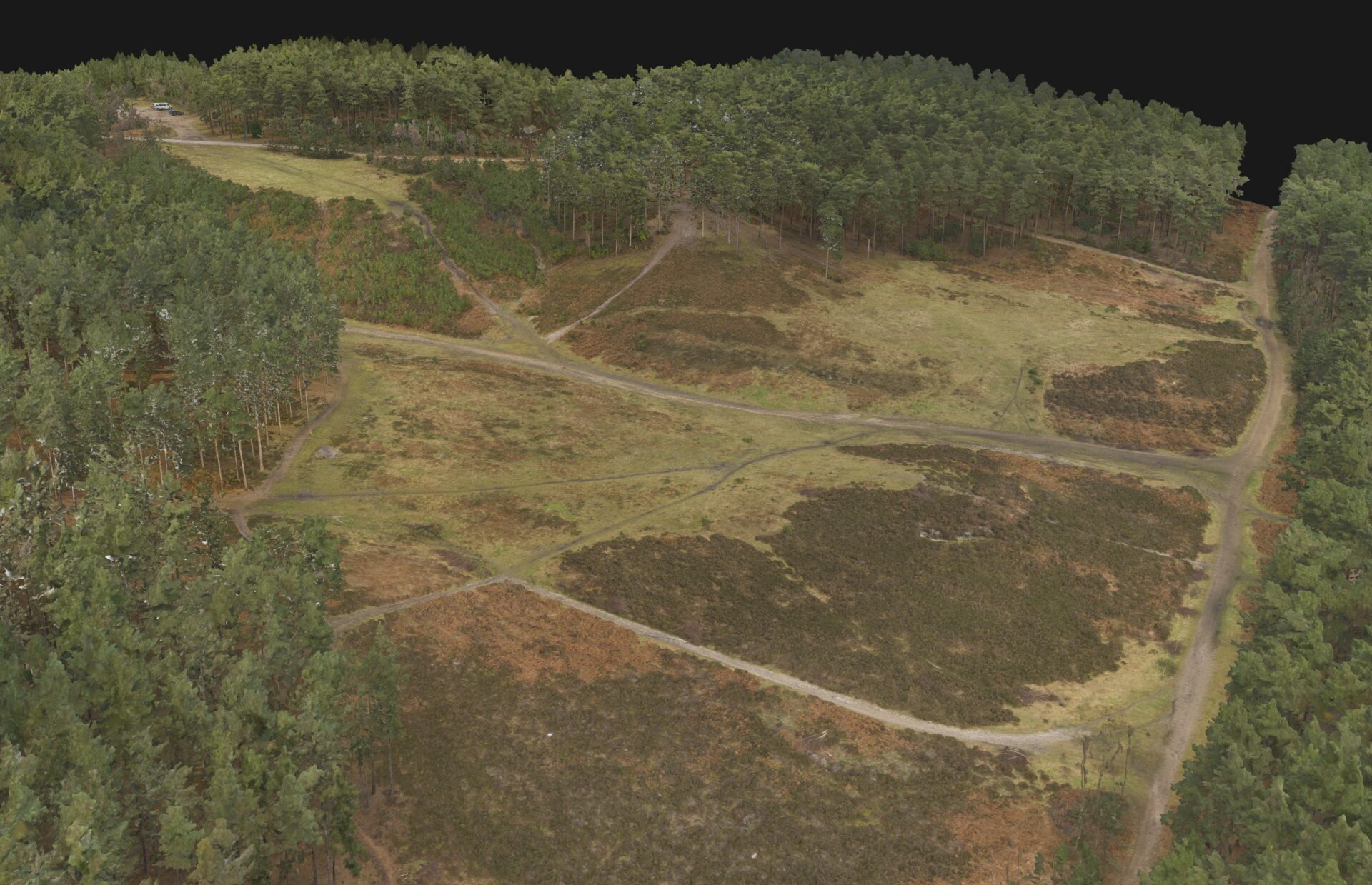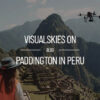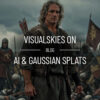The Subtle Revolution of 3D Scanning
In the world of modern filmmaking, the art of visual effects (VFX) is a realm of endless creativity and technical prowess. Recently, Ridley Scott’s epic film ‘Napoleon’ has sparked a conversation about the use of CGI, or rather, its minimal presence. As the sole provider of 3D scanned assets for this production, we use this blog to delve into the crucial, yet often unseen, role of 3D scanning in the film enhancing of handcrafted practical work from the most talented prop, costume and set designers seamlessly intertwined into cutting edge VFX workflows.
How much CGI is in the Napoleon film?
While Ridley Scott stated that there was minimal use of traditional CGI in ‘Napoleon’, the film extensively utilised what is known as ‘invisible VFX’. This includes sophisticated techniques like 3D scanning, which played a pivotal role in enhancing the realism of physical elements like sets and costumes. The use of 3D scanning in ‘Napoleon’ ensured that the digital enhancements were seamless and undetectable, contributing to the film’s authenticity.
Who did the VFX for Napoleon 2023?
The VFX for ‘Napoleon’ in 2023 was a collaborative effort involving several talented visual effects artists and companies, MPC and ILM to name a few. Our team had the unique opportunity to contribute through 3D scanning, providing detailed digital assets that were essential for the invisible VFX process. This collaboration highlights the blend of traditional filmmaking craftsmanship with advanced digital technologies, showcasing a new era in cinematic visual effects.
What do 3D assets do for Napoleon?
In ‘Napoleon’, 3D assets played a critical role in elevating the film’s visual storytelling. By precisely scanning elements like costumes, props, and set pieces, we created high-fidelity digital replicas. These replicas were then used to enhance or modify scenes in post-production, ensuring continuity and realism. The 3D assets allowed for subtle yet impactful visual effects, which were integral to maintaining the film’s authentic aesthetic and supporting Ridley Scott’s artistic vision.
The Magic of Invisible VFX
Invisible VFX, a term that may not be widely recognised outside professional circles, refers to the use of visual effects in a manner so subtle and refined that they escape the audience’s notice.
These effects are crucial in modern filmmaking, enhancing the authenticity and realism of the cinematic experience. The evolution of this technology has been remarkable, transitioning from simple texture enhancements to complex, three-dimensional representations that bring an unprecedented depth to film.
While it’s true that CGI is often intended to be imperceptible, the challenge lies in surpassing the ‘uncanny valley’ – that unsettling feeling when something almost, but not quite, replicates reality. This is where the magic of invisible VFX, particularly through 3D scanning, plays a pivotal role in modern filmmaking and avoiding that ‘uncanny valley’

– 3D Reference Image | Bournewood
The Balance of Technology and Craftsmanship
There’s a common misconception that CGI and other digital technologies might replace traditional filmmaking methods. However, our work in ‘Napoleon’ demonstrates the harmony between technology and craftsmanship. 3D scanning does not supplant physical design and creation; instead, it enhances and complements it, allowing filmmakers like Ridley Scott to push the boundaries of storytelling.
We are witnessing a pivotal transformation in the Film/TV industry, where there’s a growing recognition and appreciation for the powerful synergy of meticulously handcrafted practical work seamlessly intertwined with sophisticated CG assets.
One notable example is the rise of virtual production, as seen in productions like ‘1899’. Here, LED walls display digital environments that we captures in Scotland, allowing actors to interact with their surroundings more naturally. This method not only enhances the actors’ performances but also offers directors and cinematographers more creative control and flexibility during the shooting process.
This fusion is not merely about elevating the suspension of disbelief to new heights; it’s also a strategic response to the myriad challenges of production, including cost management and logistical complexities.
– 1899 | Virtual Production Set
– HMS Victory | Napoleon 3D Asset
Ridley Scott’s Vision for Napoleon
Ridley Scott, known for his meticulous attention to detail, has always been a huge advocate for practical battles, doing as much as possible on set. With films such as Gladiator and Kingdom of Heaven, you can see a strong sense of responsibility to deliver the audience a level of authenticity you can only feel when a stuntman’s legs struggle under the weight of a sword hitting his shield.
It is clear that when Ridley Scott says ‘no CGI’, he is trying to allude to those intimate moments in the heat of a scene, rather than the entirety of the final composition. That feeling on a set of a large number of SAs trudging across a field and the placement/firing of near-perfect replica cannons.
At Visualskies, we are pretty sure that there was CGI and actors in the show were not getting shot off their horses by Napoleon’s notorious love for artillery. The image below is of a horse we scanned that formed part of the midst of battle.
DISCLAIMER: IMAGE BELOW IS A PROP

– 3D Reference Image | Dead Horse
Why Napoleon is Different?
Compared to other Ridley Scott films, ‘Napoleon’ stands out for its subtle yet effective use of VFX. The film’s reliance on invisible VFX, particularly 3D scanning, sets a new standard in the industry, demonstrating how digital technologies can enhance rather than overpower the storytelling process.
From the list below you get an overview of how our work helps enhance the fantastic skill of all who work in creating various aspects of the production.
- Enhanced Costume Details: Capturing the intricate designs of period costumes.
- Realistic Set Extensions: Extending physical sets digitally to create immersive environments.
- Prop Duplication for Stunt Scenes: Creating digital replicas of props for use in complex stunt sequences.
- Facilitating Post-Production Edits: Allowing for subtle adjustments and corrections in post-production.
- Preservation of Historical Accuracy: Ensuring that every element remained true to the historical setting.
WHAT DID WE SCAN?
Enhancing Reality: Our Role in Napoleon
Our involvement in Ridley Scott’s ‘Napoleon’ stemmed from the high fidelity of our scans, which aligned perfectly with Scott’s vision for the film. Our ability to capture intricate details was crucial in recreating historical authenticity, a cornerstone of Scott’s filmmaking ethos.
In Napoleon, our team was tasked with a unique and challenging role: to use 3D scanning to capture intricate details of costumes, sets, and props, translating them into digital assets that could be integrated seamlessly into the film.
This process involved meticulous precision, ensuring that each scan was a perfect digital replica of its physical counterpart. The application of these 3D assets was pivotal in maintaining the film’s historical accuracy and visual integrity.
PROPS
Congratulations To All The VFX Providers
We couldn’t have done any of it without the support from Charley Henley (VFX Supervisor) and Sarah Tulloch (VFX Producer)
Special thanks to all below the other companies involved in the VFX:
Stay Connected with Our Journey
As we continue to innovate and contribute to projects like Ridley Scott’s ‘Napoleon’, there’s so much more we want to share with you. For the latest updates, behind-the-scenes insights, and a deeper dive into the world of visual effects and 3D scanning, we invite you to connect with us on our social media platforms.
Follow us and be part of our community where we regularly share our experiences, challenges, and triumphs in the ever-evolving realm of film and VFX production. Don’t miss out on the opportunity to see how technology and creativity come together to create cinematic magic.
👉 Follow us on Instagram
👉 Like our Page on Facebook
👉 Subscribe to our YouTube Channel
👉 Connect with us on LinkedIn
Filter
WHERE TO FIND US?
Visualskies is proud to offer our expert Photogrammetry services for VFX across multiple locations worldwide. Our presence in key cities enables us to provide prompt and efficient service to our clients. You can find us in the following locations.
Mobile Photogrammetry Rigs VFX London
5 Havelock Terrace
Battersea
London
SW8 4AS
United Kingdom










